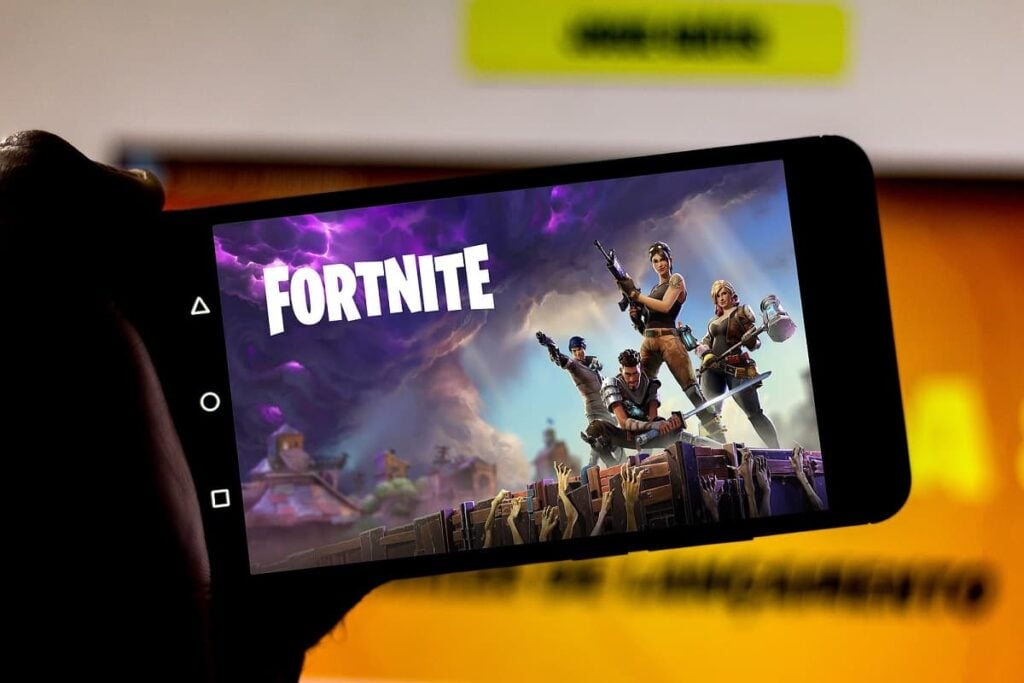RealWear: Hardware for Enterprise Augmented Reality Apps
Table of contents

What does it say about human beings that we find spectacular failure far more exciting and entertaining than steady success? Take the example of the blood-testing startup Theranos, which has spawned both an award-winning book and an upcoming movie starring Jennifer Lawrence as the turtleneck sweater-wearing bloodsucker, Elizabeth Holmes, who has the temerity to seek money for a new startup. The closest equivalent in the augmented reality (AR) industry – the jury is still out on Magic Leap – is a company called Blippar that went bankrupt last year. One of its investors, Candy Ventures, is attempting to resuscitate the top-funded UK business as an AR-software-for-dummies company, keeping the same CEO who squandered a $1.5 billion valuation. That’s why we’re happy to share with you a startup called RealWear that is making AR hardware – and money.
RealWear Raises More Than $100M
Founded in 2016, RealWear is based out of Vancouver, Washington, and just took in $80 million from a Series B round led by Teradyne (TER), a developer and supplier of automatic test equipment that looks to be pivoting into industrial robotics. That fits right in with the rugged AR hardware developed by RealWear for connected workers in industrial and construction settings. Another investor of interest is Kopin (KOPN), which we noted pivoted hard into the AR/VR space in an effort to revive its fortunes. (The result thus far: a market cap just south of $100 million and dropping.) Other firms that have helped RealWear amass about $102.1 million in funding include JP Morgan Chase (JPM), Qualcomm (QCOM), and Bose, which has developed AR audio glasses and stood up a $50 million venture fund to support the product.
The co-founder and CEO of RealWear is a guy named Andy Lowery who worked his way up the Navy chain of command to propulsion officer aboard a nuclear-powered supercarrier. During a stint at defense contractor Raytheon as a chief engineer, he co-founded another little AR company called DAQRI in 2010 that we briefly profiled back in January 2017 when it had raised about $15 million in funding. Later that year it added $260 million to the company coffers to develop its own AR-enabled smart glasses, which we noted in a follow-up article in August on enterprise augmented reality startups.
Wearable for Enterprise Augmented Reality
But back to RealWear, which has developed the HMT-1, an untethered head-mounted wearable tablet computer designed for industrial workers that is WiFi- and Bluetooth-enabled. It also has all the other little do-hickeys that make our smartphones so smart, like GPS, a 3-axis accelerometer, magnetometer, and gyroscope. The monocular high-resolution microdisplay (made by Kopin, incidentally) is on an adjustable boom that can be positioned just below the line of sight to ensure maximum peripheral visibility and safety. The device boasts a 16-megapixel camera along with four microphones and active noise cancellation, with highly accurate voice recognition in environments as noisy as 95 decibels, which is the equivalent of a subway train approaching from 200 feet away or listening to Roseanne Barr sing the national anthem. The whole contraption, which can snap into a hard hat, is waterproof and can survive a six-foot drop.

The HMT-1Z1 is an even more rugged version that is Zone 1 certified, meaning it can be used in places like chemical plants and other hazardous locations that are likely to be ground zero for the zombie apocalypse.
Enterprise Augmented Reality Apps
RealWear runs on Android and basically serves as a platform for various enterprise AR applications, with an obvious focus on the construction industry, as well as other industrial environments. For example, technicians could use the HMT-1 simply as a camera or recording device during a tunnel inspection. In another scenario, a worker servicing machinery in the field can access relevant data or schematics in real-time using the virtual tablet through voice commands.

RealWear comes loaded with basic software, but third-party developers have already built 120 apps that run on the wearable headsets for specific tasks. For instance, BMW of North America just rolled out AR-based technology on the HMT-1 this summer at 347 BMW centers and select MINI dealers in the United States. The solution will “provide technicians in the field with easier and faster access to technical information and a real-time live link to BMW engineers for additional support,” according to the company, which anticipates the system will speed up repair and maintenance by an average of 70 to 75%.
The software part of the package actually comes from a German startup, Ubimax, which has raised about $5.6 million in funding. Its flagship suite of software is called Ubimax Frontline that consists of four core products (kind of like Adobe Suite has Illustrator, Photoshop, etc.). The BMW project specifically uses xAssist, which enables engineers to project step-by-step technical bulletins and schematic drawings onto the display inside the technicians’ glasses, as well as take screenshots and enlarge images for better visibility, among other capabilities.

RealWear is building a vast ecosystem of such partnerships and collaborations including Microsoft (MSFT) as a software partner. Apparently, the tech giant doesn’t perceive a conflict of interest with its own AR hardware, the HoloLens 2. That’s probably because HoloLens and other smart glasses, like those from Lowery’s former startup, DAQRI, offer a more immersive experience. The RealWear device falls into yet another category of augmented reality that is known as assisted reality, and we may take a broader look at this emerging area of AR in a future article.
Conclusion
RealWear appears well positioned as a leader in the enterprise augmented reality hardware market, with Forbes reporting that the three-year-old startup has already captured up to 50% of the head-mounted wearables market. Several online news sites reported that RealWear finished 2018 with $12 million in revenue, a sixfold increase from the previous year, and the company anticipated it would be profitable by the end of 2019. It has already shipped 15,000 units to 1,300 industrial enterprises around the world. The HMT-1 retails for $2,500.
Sign up to our newsletter to get more of our great research delivered straight to your inbox!
Nanalyze Weekly includes useful insights written by our team of underpaid MBAs, research on new disruptive technology stocks flying under the radar, and summaries of our recent research. Always 100% free.














